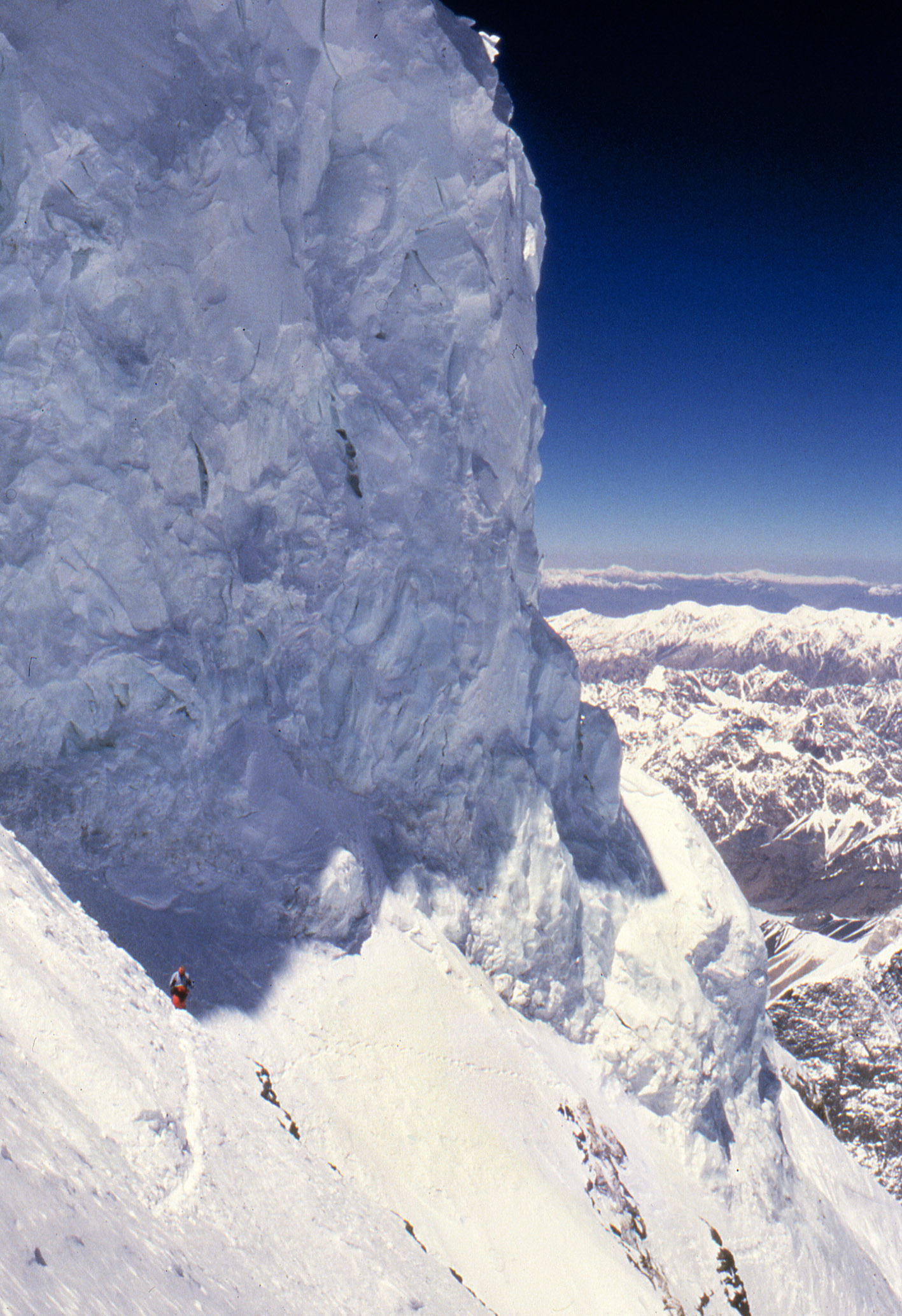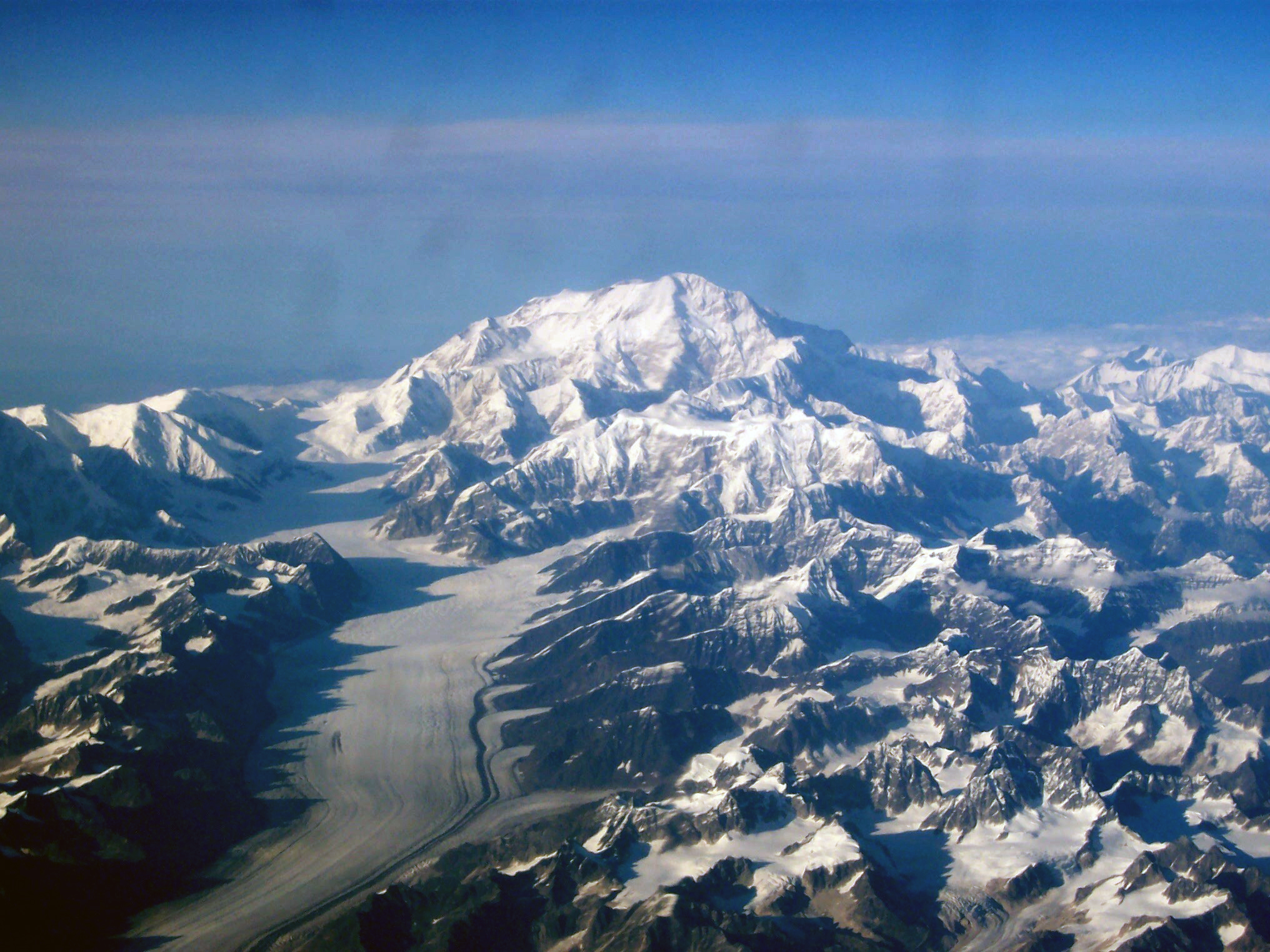Contents:
Explanation
Comprehending main ideas and details are required in adequately understanding any piece of literature. A main idea is simply the most important point the author is attempting to make. In the below article, we can infer the main point through its title. The main idea is to answer the question of how glaciers form. However, the main idea may not always be this obvious.
The main idea may be different in each paragraph. For example, the below excerpt’s first paragraph gives the conditions required for a glacier to form while the last paragraph focuses on the cause of their blue complexion. These ideas are quite contrasted but still share a concentration on glacier formation. Thus, the overarching main idea would still be glacier formation while each paragraph has a main idea that supports it.
Within these layers of ideas, supporting details provide further information. These details may come in the form of descriptions, facts, explanations, statistics, or examples. Occasionally a main idea is not explicitly stated but implied. In this instance, we must rely on the supporting details to piece together what point the author is attempting to make.
After reviewing the above explanation, read the below excerpt. Attempt to take note of the main ideas per paragraph and the details that support them. Then, answer the questions below.
How are Glaciers Form?
The large mass of a Glacier is a result of crystalline ice, snow, rock, sediment, and often liquid water buildup on land. Its immense weight is moved downslope due to the force of gravity acting on it. The United States Geological Survey agency outlines three instances where glaciers exist or can potentially be formed:
- mean annual temperatures are close to the freezing point
- winter precipitation produces significant accumulations of snow
- temperatures throughout the rest of the year do not result in the complete loss of the previous winter’s snow accumulation
If snow continues to accumulate past its ablation point for decades or centuries, the metamorphosis from snow to glacier ice can occur.

As the stress of gravity moves a glacier, its shape deforms. Crevasses, or breaches in the ice, fissure reactively. Intersecting crevasses often produce seracs, which are blocks or columns of glacial ice forced upright. Both glacial creations are known within the mountaineering community as objective dangers. A climber who successfully summited Denali, the tallest mountain in North America, slipped into a crevasse on his descent. It took rescuers 12-hours to chip away the ice and successfully save the mountaineer who had landed 40-feet down. K2, the second tallest mountain the world, requires passage up a couloir overhung with seracs. This segment, known as the Bottleneck, is located only 400 meters below the summit. In 2008, 11 climbers perished when the overhanging seracs loosened and crashed down onto the route.

Serac wall overhanging the Bottleneck on K2 
Tallest mountain in North America: Denali
Not only does a glaciers movement affect its form, but it also shapes the earth beneath it. Abrasion, a process of scraping or eroding away through friction or erosion, shakes up debris of substrate from the earth. This displaced substrate can leave landforms like cirques or moraines. A cirque is an arm-chair like valley formed by glacial erosion or other fluvial processes. Fluvial processes refer to rivers and streams and the geomorphology associated with them. When referring to geomorphology associated with glaciers, ice sheets, or ice caps, the accepted terms are glaciofluvial or fluvioglacial.
After fluvial or glaciofluvial processes shape an amphitheater-like landform, its inner hallow can fill with snow. Nivation (a group of processes that includes freeze-thaw activity, chemical weathering, and seasonal snow melt) then compacts snow into a glaciated state. The accumulated weight of the glaciated ice now abrades its enclosure. Simultaneously, the cirque’s glacier escapes down its only unobstructed course (also known as an overflow point). A moraine is any pile or accumulation of debris or glacial till resulting from glaciofluvial processes. Because of the looseness of its formation, compacting the vast range of processes into one definition is frivolous. Moraine creation depends the origin, movement, and shape of a glacier.
Glaciers only form on land, though their terminus often meets water. It is often misstated that this convergence is the reason for their blue complexion. This appearance is actually due to light penetration. Since the red and yellow end of the color spectrum of light is absorbed easier by water particles, their complementary colors shine more prominently. Complementary colors are simply colors that are opposite to each other on the color wheel. The more air bubbles squeezed out by the pressure of the glacier, the less obstructed light passing through is. Thus, the glacier will appear more blue.
Questions:
The following question segment is pertains to the following GED Reading and Language Arts skill:
- Using Evidence to Understand, Analyze, and Create Arguments
- Comprehend explicit details and main ideas in a text at a satisfactory level
- What is the main idea of the paragraph below the aerial photo of Chugach State Park?
- The perils of climbing K2
- To explain nivation
- To explain abrasion
- To label and showcase common deformities in glaciers
- What makes a glacier appear blue?
- When the glacier touches water
- When light passes through it
- Due to glaciofluvial processes
- Due to abrasion
- What does the force of gravity do to a glacier?
- It forces it to move and change
- It creates a moraine
- It creates a couloir
- It forces it to grow
- What is required for snow to transform into glacier ice?
- Snow must continue to accumulate past its ablation point for decades or centuries
- Snow must persist unmelted for a year
- Snow must go through a glaciofluvial process
- Snow must absorb blue color light
- What is the tallest mountain in North America?
- Mt. Everest
- K2
- Mt. St Elias
- Mt. Denali
- Seracs and crevasses are ___________ for mountaineers.
- unpassable
- subjectively dangerous
- objectively dangerous
- landmarks
Answers:
- What is the main idea of the paragraph below the aerial photo of Chugach State Park?
- The perils of climbing K2
- To explain nivation
- To explain abrasion
- To label and showcase common deformities in glaciers
- What makes a glacier appear blue?
- When the glacier touches water
- When light passes through it
- Due to glaciofluvial processes
- Due to abrasion
- What does the force of gravity do to a glacier?
- It forces it to move and change
- It creates a moraine
- It creates a couloir
- It forces it to grow
- What is required for snow to transform into glacier ice?
- Snow must continue to accumulate past its ablation point for decades or centuries
- Snow must persist unmelted for a year
- Snow must go through a glaciofluvial process
- Snow must absorb blue color light
- What is the tallest mountain in North America?
- Mt. Everest
- K2
- Mt. St Elias
- Mt. Denali
- Seracs and crevasses are ___________ for mountaineers.
- Unpassable
- Subjectively dangerous
- Objectively dangerous
- landmarks
